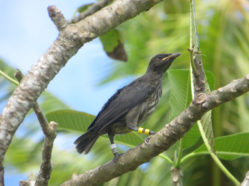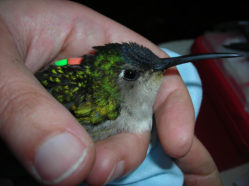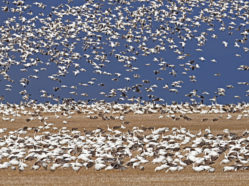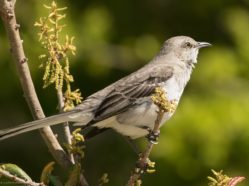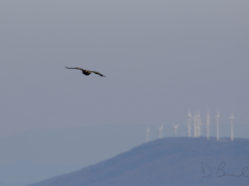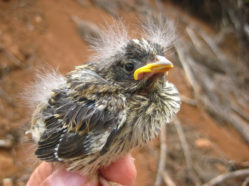Tracking Guam’s Snake Survivors
For bird aficionados, waking up on Guam can be a surreal experience. The soundscape is nearly devoid of birdsong other than the clucking of chickens and the occasional chirp of a Eurasian Tree Sparrow. Guam’s silent forests are the work of the brown treesnake, an invasive predator that was accidentally introduced to the island after World War II.
